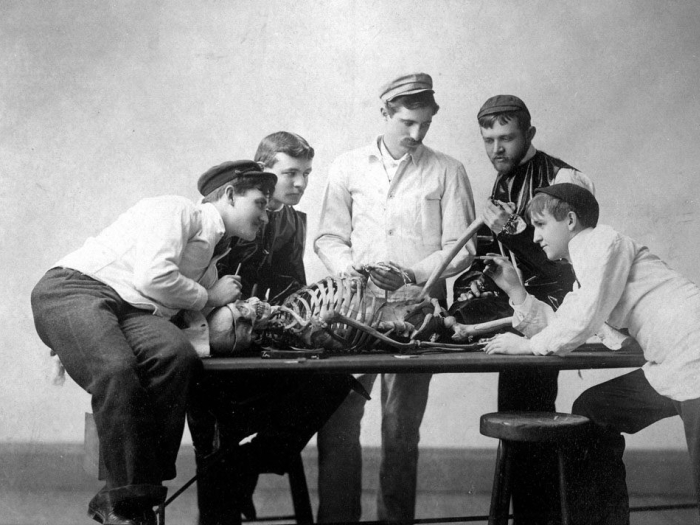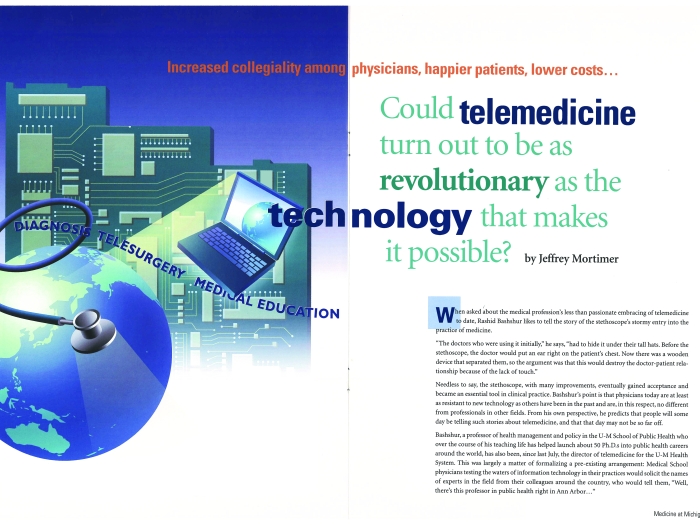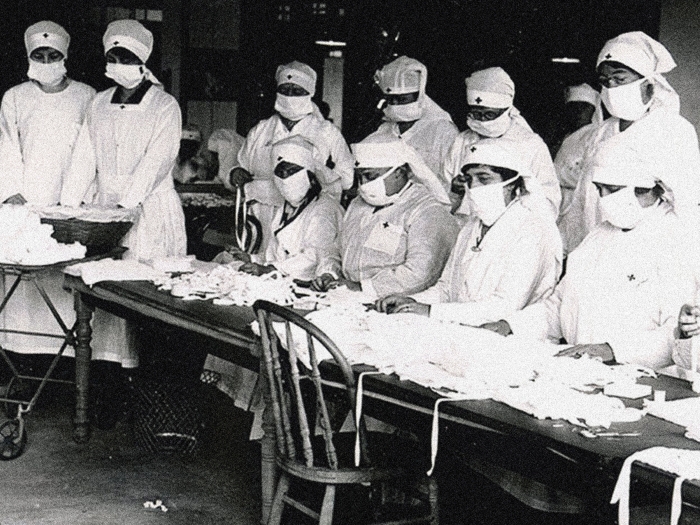
During the 1800s, surgeons used leeches for bloodletting, which served as a treatment for a number of ailments including fevers and inflammatory diseases. A French surgeon by the name of Baron Charles Louis Heurteloup invented the artificial leech in 1840. This instrument allowed for more precise bloodletting and was often used to treat areas around the eyes or temples. Artificial leeches used a collecting chamber, which would produce a vacuum that sucked up the blood. The artificial leech pictured here is a spring-loaded, 3.75-inch-long version. It pierced veins before drawing out the blood in measured proportions with a pump.
SOURCES
University of Michigan Center for the History of Medicine
National Museum of American History, Kenneth E. Behring Center
Phisick Medical Antiques





